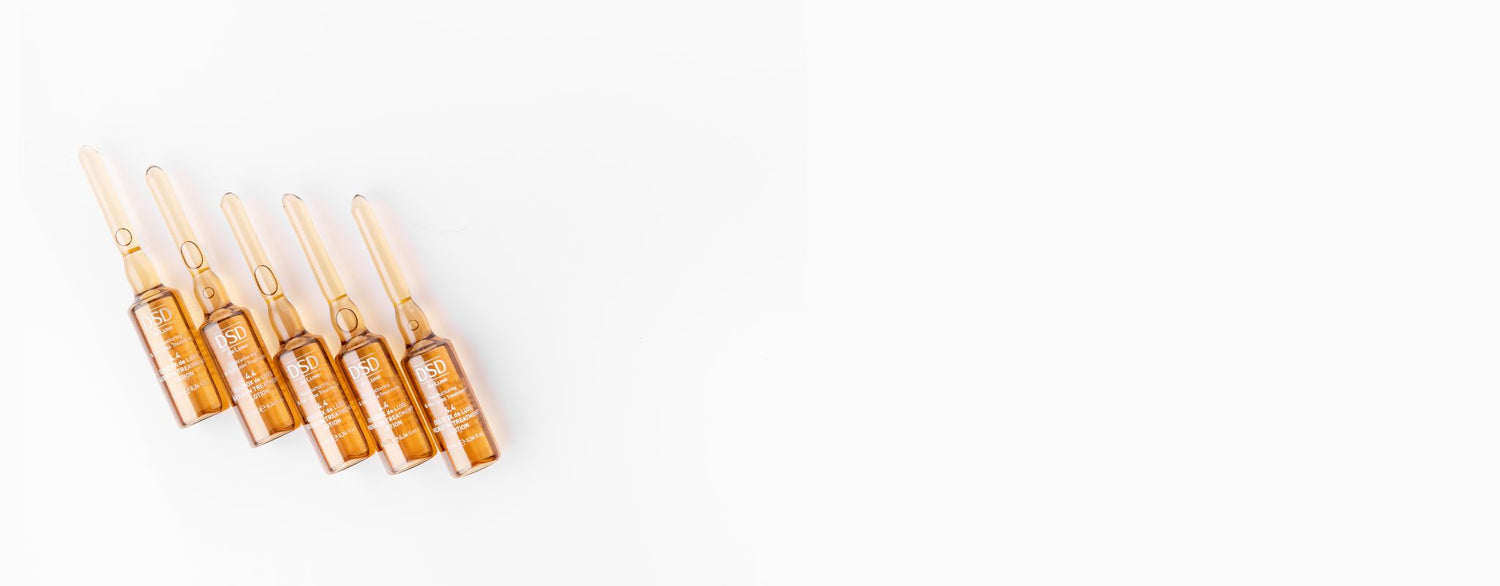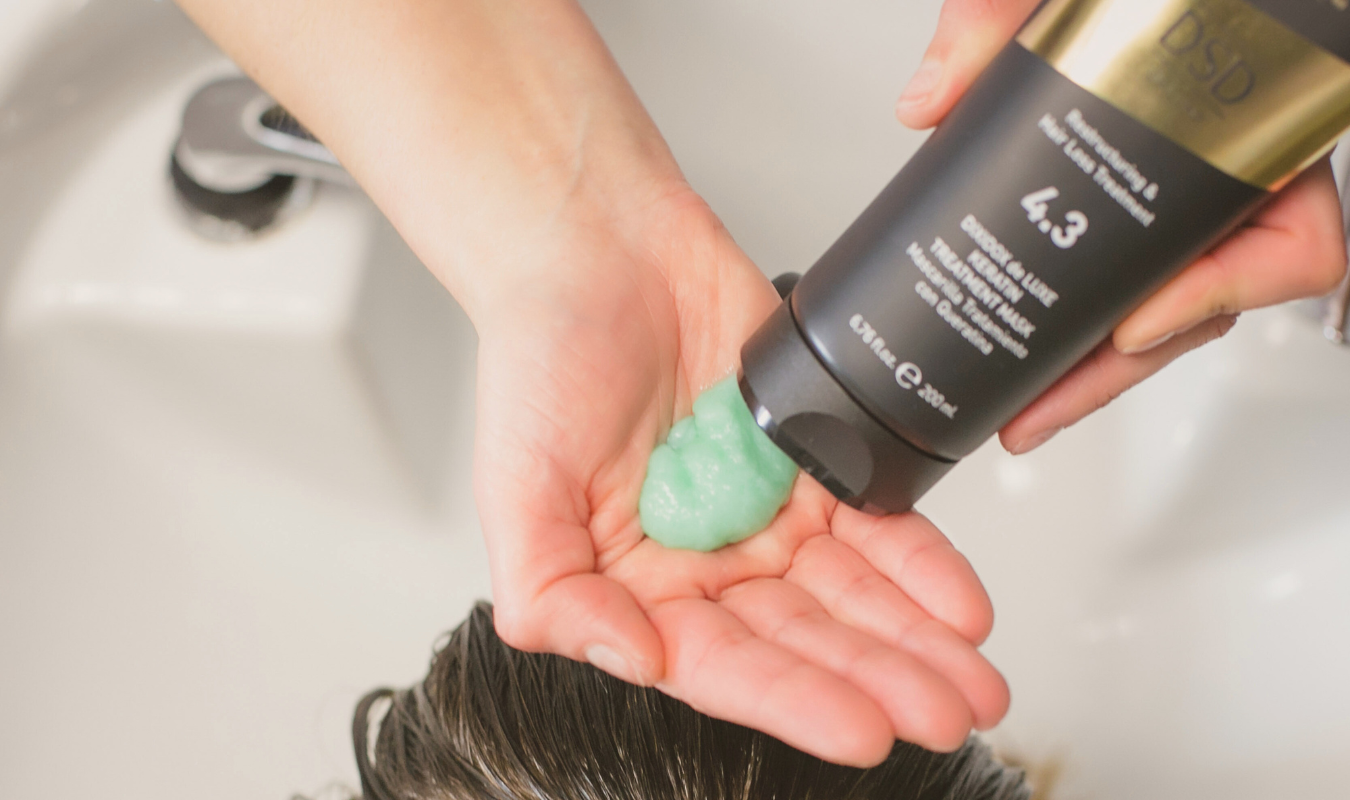How to Choose Between Shampoos, Masks, and Leave-Ins
You’ve learned what keratin is and why it matters for damaged hair. Now comes the practical question: which keratin product should you actually buy?
With shelves full of keratin hair treatments, masks, and sprays all claiming to transform your hair, it’s easy to feel overwhelmed or waste money on the wrong formula.
This guide explains how to choose the right keratin therapy for hair based on your hair type, needs, and goals and how to use products safely without causing protein overload.
Step 1: Understand What Your Hair Actually Needs
Before reaching for any keratin product, take a moment to assess your hair’s true condition. Different concerns require different approaches, and using the wrong format can make hair feel stiff or heavy instead of strong and smooth.
Quick diagnostic checklist:
-
Dry and frizzy? Focus on smoothing and moisture to seal the cuticle.
-
Weak and breaking? You need strengthening to rebuild the internal structure.
-
Flat or fine? Use lightweight formulas; rich creams will weigh hair down.
Hair health depends on protein–moisture balance. Too much protein and not enough hydration can cause brittleness. Too much moisture without reinforcement leads to limp, weak strands.
Identify whether your priority is damage repair, texture control, or strength restoration before layering keratin products.
Step 2: Keratin Product Types Explained
Not all keratin formats work the same way. Penetration depth, concentration, and longevity all vary, and so will your results.
Keratin Shampoos — Gentle Maintenance
Keratin shampoos deliver light reinforcement for ongoing maintenance rather than intensive repair.
Best for: Frequent washers who want to maintain strength and smoothness without buildup.
The DSD 5.1 Silk & Steel Keratin Treatment Shampoo is a prime example: it gently cleanses while depositing hydrolysed keratin and silk proteins. Because the protein concentration is modest, it suits all hair types — even fine hair.
📖 The British Journal of Dermatology highlights that mild, pH-balanced cleansers help protect the hair cuticle and preserve keratin structure over time.
Expected results: Gradual strength, smoother texture, and reduced frizz over several washes.
Keratin Hair Masks — Intensive Repair
Keratin masks provide deeper nourishment and repair through extended contact time.
Best for: Chemically treated, heat-damaged, or severely weak hair.
The DSD 4.3 Strengthening Keratin Treatment Mask uses hydrolysed keratin molecules small enough to penetrate beneath the cuticle, where they temporarily reinforce the damaged protein matrix.
📖 According to the Journal of Cosmetic Science, multi-molecular keratin systems improve elasticity and reduce breakage by 30–40% when used weekly.
How to use:
-
Apply to towel-dried hair for 10–20 minutes.
-
Add gentle heat (warm towel) for deeper penetration.
-
Rinse with cool water to lock in shine.
Expected results: Noticeably stronger, smoother hair after 1–2 uses; sustained improvement with consistency.
Leave-Ins and Sprays — Daily Protection
Leave-in keratin sprays form a protective film to prevent heat and friction damage.
Best for: Frizz-prone or heat-styled hair that needs lightweight, flexible care.
The DSD 5.5 Silk & Steel Treatment Spray creates a breathable barrier that reduces static, smooths the cuticle, and adds shine without heaviness.
Expected results: Instant softness and gloss; cumulative improvement in manageability and resilience.
Step 3: How to Layer Keratin Safely
Stacking multiple keratin products without moisture balance can cause protein overload — where hair becomes stiff, brittle, and dull.
Balanced weekly routine example:
-
Shampoo: 2–3 times per week with keratin shampoo
-
Mask: Once weekly (or fortnightly if fine hair)
-
Leave-in: Before styling or as needed
📖 The British Association of Dermatologists advises alternating protein and moisture treatments to maintain optimal hair elasticity and reduce breakage risk.
If hair feels dry or crunchy, pause protein-based care and switch temporarily to a hydrating or peptide treatment before reintroducing keratin gradually.
Step 4: Matching Keratin to Hair Type
-
Fine Hair: Use light shampoos or diluted masks; avoid heavy layering.
-
Thick/Coarse Hair: Can handle richer, more frequent treatments.
-
Coloured Hair: Needs full routine — shampoo, mask, and leave-in — to rebuild structure.
-
Curly/Textured Hair: Apply mainly to mid-lengths and ends to smooth without flattening curls.
Step 5: Realistic Expectations
Keratin doesn’t permanently repair hair, it reinforces it. Think of it like skincare: consistent use creates cumulative improvement.
You’ll typically see smoother texture and less frizz after 3–4 uses, with visible strength and shine after 6–8 weeks.
📖 A 2020 study in the International Journal of Trichology found that consistent keratin supplementation improved hair strength and cuticle integrity over a six-week period of use.
Step 6: Build Your Personalised Keratin Routine
Your ideal keratin routine should match your hair’s unique balance of protein and moisture.
Whether you need gentle reinforcement from a keratin shampoo, deep repair from a keratin hair mask, or daily defence from a leave-in spray, consistency is key.
Ready to find your match?
Take the SST Hair & Scalp Quiz to get personalised keratin product recommendations tailored to your hair type and condition.









